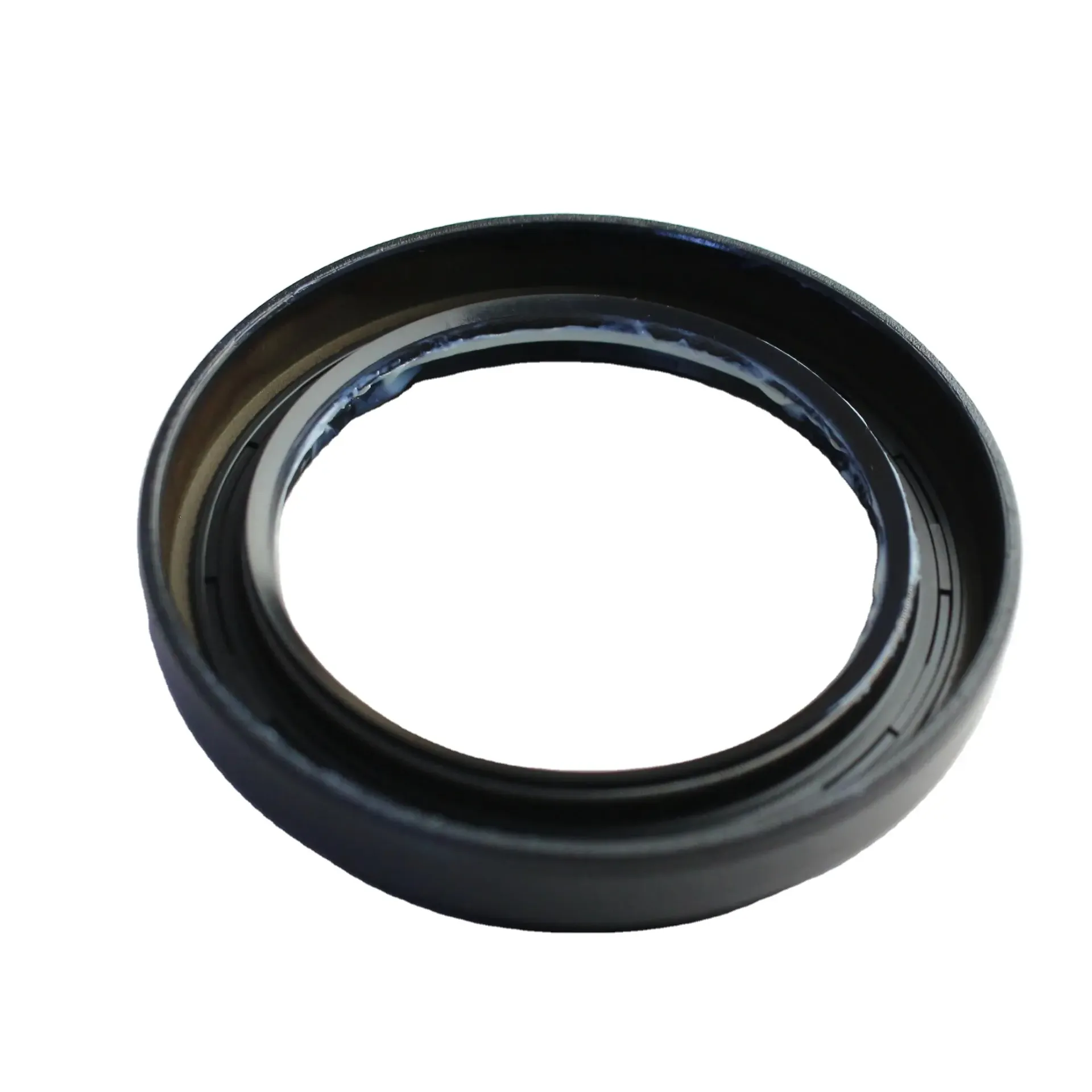Understanding Automatic Transmission Input Shaft Seal Function and Replacement
Understanding Automatic Transmission Input Shaft Seal Functions, Issues, and Maintenance
The automatic transmission input shaft seal is a crucial component in automotive engineering that often goes unnoticed until it presents issues. This seal plays a vital role in the overall function and reliability of an automatic transmission system. In this article, we will delve into the purpose of the input shaft seal, the common problems associated with it, and maintenance tips to ensure your vehicle operates smoothly.
Purpose of the Input Shaft Seal
The primary function of the automatic transmission input shaft seal is to keep transmission fluid contained within the transmission case while preventing dirt, debris, and moisture from entering. Located at the point where the input shaft of the transmission meets the engine's crankshaft, the seal works under high-pressure conditions and is essential for maintaining the proper function of the transmission.
The input shaft transmits power from the engine to the transmission, allowing for the shifting of gears and movement of the vehicle. The input shaft seal, therefore, has to endure a considerable amount of stress and friction. A well-functioning seal ensures that the fluid remains at optimal levels, which is critical for the lubrication of moving parts within the transmission.
Common Issues with Input Shaft Seals
Over time, the automatic transmission input shaft seal can wear down due to heat, pressure, and friction. Here are some common issues associated with this component
1. Fluid Leaks One of the most noticeable signs of a failing input shaft seal is the presence of transmission fluid leaks. If you notice red or pink fluid pooling under your vehicle, it may be an indication that the seal has deteriorated. A leak can lead to insufficient fluid levels, which can damage the transmission.
2. Slipping Gears If the input shaft seal is compromised, it may cause the transmission to lose hydraulic pressure. This can result in the gears slipping out of place or having difficulty shifting. You may experience erratic or harsh shifting when driving.
3. Overheating Low transmission fluid levels caused by a leaking input shaft seal can lead to overheating of the transmission system. Overheating can severely damage vital components of the transmission, leading to costly repairs.
automatic transmission input shaft seal

4. Noise A worn or damaged input shaft seal can cause unusual noises, such as grinding or whining sounds, indicating that the transmission components are not properly lubricated or functioning correctly.
Maintenance Tips
Regular maintenance and inspection of your vehicle can help prevent problems related to the automatic transmission input shaft seal. Here are a few tips to consider
1. Fluid Checks Regularly check the transmission fluid levels and quality. If the fluid appears dark or has a burnt smell, it may be time for a fluid change. Maintaining the proper fluid level can help prolong the life of your transmission and its components.
2. Visual Inspections Periodically inspect the area around the input shaft seal for signs of leaks. Addressing any leaks early on can prevent further damage and costly repairs.
3. Professional Servicing Having your transmission inspected by a qualified technician during regular maintenance can help identify potential issues before they escalate. Technicians can check the condition of the input shaft seal and replace it if necessary.
4. Driving Habits Avoid aggressive driving, as sudden acceleration and hard braking can put additional stress on the transmission. Smooth driving not only prolongs the life of the input shaft seal but also improves the overall reliability of the transmission.
Conclusion
The automatic transmission input shaft seal is a small but essential component that plays a significant role in the functionality of your vehicle's transmission system. Awareness of the signs of wear and maintaining proper fluid levels can help you avoid complications associated with this vital part. Regular maintenance and prompt attention to any issues can ensure that your automatic transmission operates effectively and reliably for years to come. By caring for the input shaft seal and the transmission as a whole, you can enjoy smoother rides and extend the lifespan of your vehicle.
-
Understanding the Front Main Engine Seal: Purpose, Maintenance, and Installation
News Jul.29,2025
-
Understanding O-Rings and Seal Rings: Types, Applications, and Custom Solutions
News Jul.29,2025
-
Understanding Crankshaft Oil Seals: Rear Seals, Pulley Seals, and Their Role in Engine Integrity
News Jul.29,2025
-
The Importance of Front and Rear Crankshaft Seals in Engine Performance and Oil Management
News Jul.29,2025
-
Crank Oil Seals: Functions, Types, and Cost Considerations in Engine Maintenance
News Jul.29,2025
-
A Comprehensive Guide to O-Rings and Seals: Types, Materials, and Global Applications
News Jul.29,2025
-
Mastering Diesel and Performance Engine Maintenance: A Guide to Critical Oil Gaskets
News Jul.28,2025
Products categories















